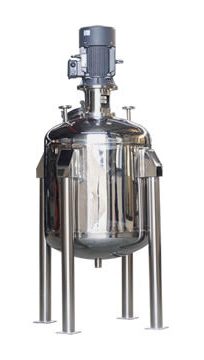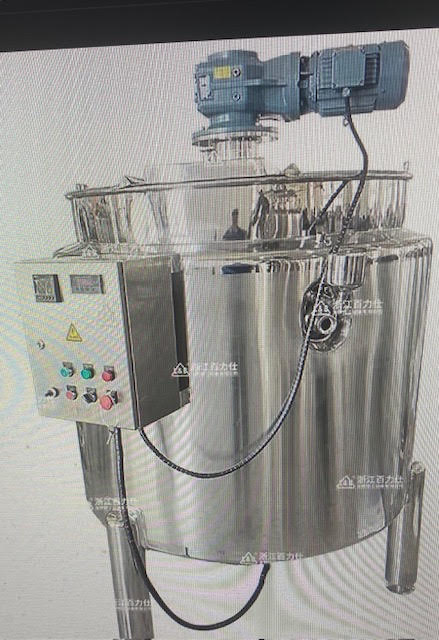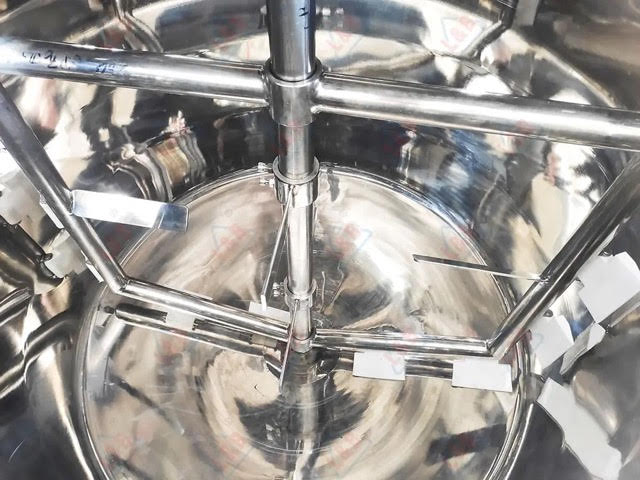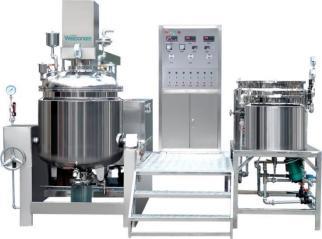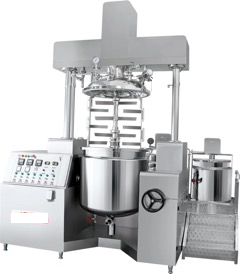CENTRIFUGE / MIXER
CENTRIFUGE TO ELIMINATE WATER & IMPURITIES FROM WASTE OILS
100-185 Liters per one hour cycle.

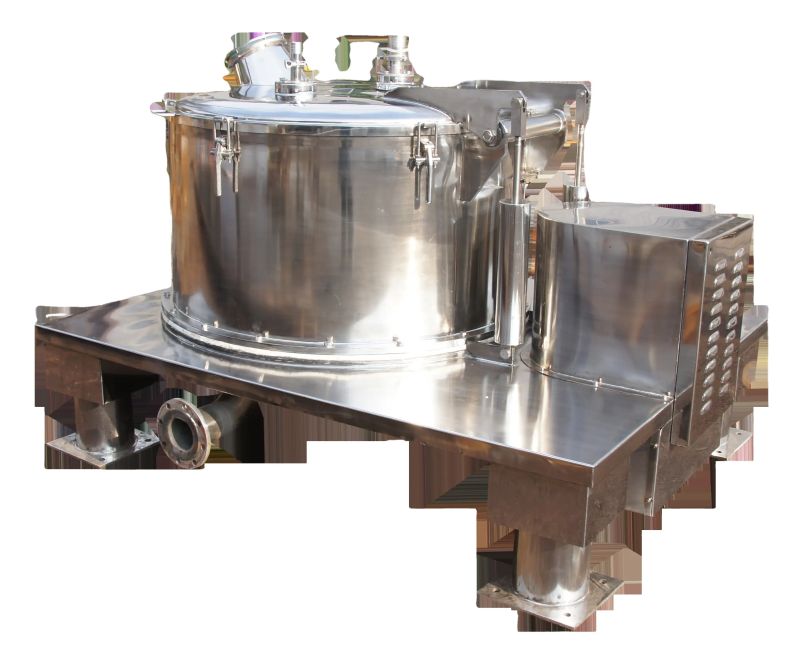
Mixer – Homogenizer
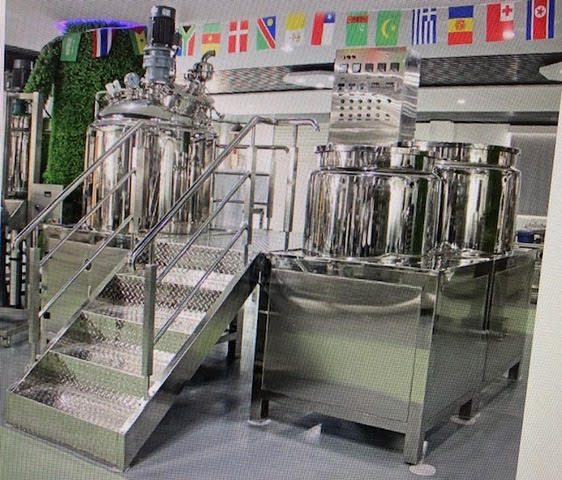
Sous vide intelligent,équipement de mélange et de homogénéisation des huiles lubrifiantes
Strong Dispersion Mixer is a powerful and efficient multi-function mixer.
It can change the operating process quickly and meet the high and low viscosity material mixing according to customers’ requirements.
(All machines can be customized according to customer’s requirements)
INDUSTRIAL VACUUM MIXER Multifunction
This is a high quality vacuum blender with a homogenizer tank made of 304 or 316 stainless steel. It is designed to mix and homogenize various liquids and substances in a vacuum environment. The mixer has a powerful motor, a precise control system and a variety of speeds and mixing modes to meet different application needs. The homogenizer tank ensures uniform mixing and can handle high viscosity materials. It is widely used in chemical, pharmaceutical, petrochemical, food and cosmetic industries.
Description & Product advantage :
- Efficient Mixing and Homogenization : The mixing homogenizer tank ensures thorough and uniform mixing of ingredients, resulting in consistent product quality.
Saves time and money: With its powerful mixing capabilities, the tank reduces the processing time required to achieve homogeneity, resulting in increased production efficiency and reduced operational costs. - Versatility : The homogenizer mixing tank is suitable for a wide range of applications and can handle different types of materials including liquids, powders and viscous substances. This versatility allows for greater flexibility in product development and manufacturing.
- Easy Operation and Maintenance : The tank is designed for user-friendly operation, with intuitive controls and easy-to-clean components. This simplifies the maintenance process and minimizes downtime, ensuring smooth, uninterrupted production.
Hygienic Design and Compliance: The mixing homogenizer tank is constructed with high-quality sanitary materials that meet industry standards for hygiene and safety. This ensures that the final product is free of contamination and complies with regulatory requirements.
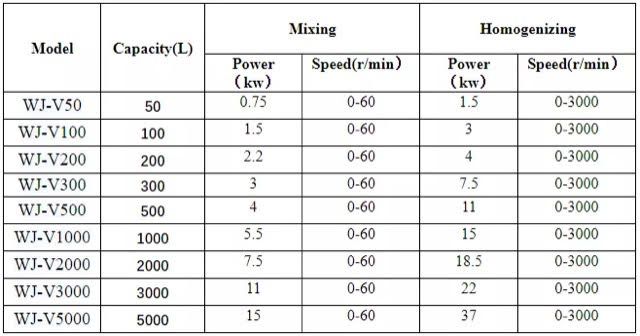
Product Uses :
- Chemicals and Petrochemicals: It can be used for blending oil & Additives and homogenizing chemicals, solvents, polymers, resins, paints, coatings, adhesives, and other chemical products.
- Paints and Coatings: The tank is commonly used for mixing and homogenizing pigments, binders, additives, and other components in the production of paints, coatings, varnishes, and inks.
500L to 1000L Grease Blending Tank Cooling Other Chemical Equipment For Saponification Reaction
Mixing tank is a vessel designed to blend or combine different substances or components to create a homogenous mixture. The working process of a mixing tank typically involves the following steps:
- Preparation: Before starting the mixing process, the tank needs to be prepared. This includes ensuring that the tank is clean and free from any residual material from previous batches. The tank should also be inspected for any damage or leaks.
- Loading: The substances or components to be mixed are loaded into the tank. This can be done manually or using automated systems such as pumps or conveyors. The order and quantity of loading depend on the specific mixing requirements and the nature of the substances being mixed.
- Mixing: Once the tank is loaded, the mixing process begins. Mixing can be achieved through various mechanisms, such as agitators, impellers, or paddles. These mechanisms are usually powered by electric motors or other sources of mechanical energy. The speed and intensity of mixing can be adjusted based on the desired outcome.
- Monitoring: During the mixing process, it is important to monitor various parameters to ensure optimal mixing. This may include temperature, pressure, pH levels, viscosity, or any other relevant factors depending on the nature of the substances being mixed. Monitoring can be done manually or using automated sensors and control systems.
- Sampling: Periodically, samples are taken from the mixing tank to check the quality and uniformity of the mixture. These samples are analyzed in a laboratory or using on-site testing equipment to verify that the desired mixing parameters are being met.Adjustments can be made to the mixing process if necessary.
- Discharge: Once the mixing process is complete and the desired mixture is achieved, the contents of the tank are discharged.This can be done by opening valves or using pumps or gravity flow, depending on the specific setup. The mixture is typically transferred to a storage container or directly into the next stage of the manufacturing process.
- Cleaning and Maintenance: After the discharge, the mixing tank needs to be cleaned thoroughly to remove any residue or left over material. Regular maintenance of the tank and its components is also important to ensure its proper functioning and longevity.
